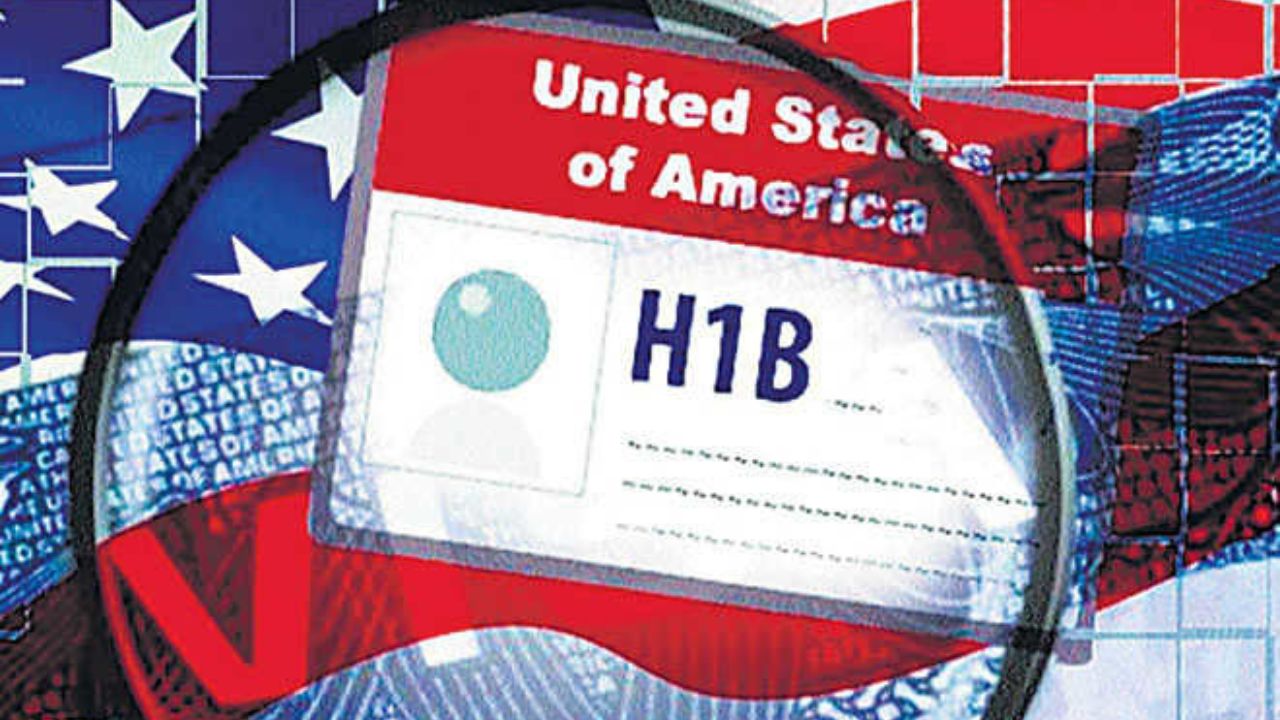Non-immigrant visas such as the H-1B permit US employers to hire foreign nationals for specialised jobs requiring advanced technical or theoretical training.
Tens of thousands of workers from China and India are hired by technology companies every year, thanks to it.
High-net-worth foreign investors can get a US visa for themselves and their families through the US government’s EB-5 programme, which was introduced in 1990. All they have to do is invest a minimum of USD 5,00,000 in a US company that helps create 10 jobs for American workers.
The new form I-129 H-1B application visa fee has been raised from USD 460 to USD 780, and it will take effect on April 1. Starting next year, the cost of an H-1B registration will rise from USD 10 to USD 215.
According to a federal notification released on Wednesday, the cost of EB-5 visas, also referred to as investor visas, has increased from USD 3,675 to USD 11,160, while the fee for L-1 visas has increased from USD 460 to USD 1,385.
For intracompany transferees, the US has a non-immigrant visa category called L-1. It enables global corporations to temporarily relocate some of their staff from their overseas offices to the US.
Net costs, benefits, and transfer payments will result from the fee adjustments as well as modifications to the forms and fee structures utilised by US Citizenship and Immigration Services (USCIS), according to the Department of Homeland Security’s federal notification.
The US Department of Homeland Security (DHS) projects that the annualised net costs to the public for the 10-year rule analysis period (FY 2024 through FY 2033) will be USD 157,005,952, discounted at a rate of three and seven percent.


